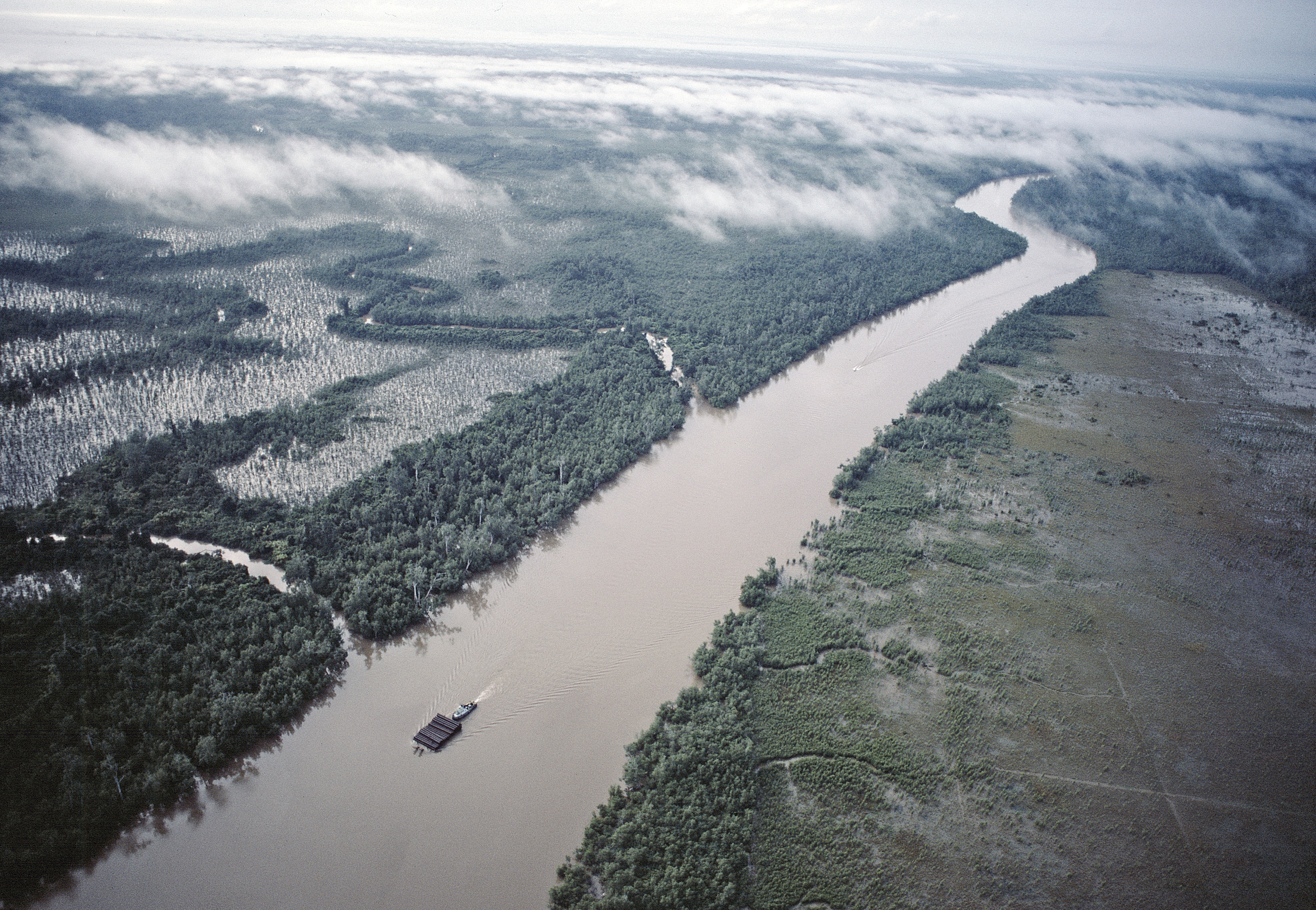 Green innovation is starting to gain momentum internationally and the progress of greening business has proved more than successful for entrepreneurs: it is now vital. While countries in Africa focus on green industrialisation, India has already revolutionised its manufacturing industry, the United States has created vertical farming and Berlin has developed affordable green housing. With kickstart businesses taking advantage of the green revolution, the future is exciting for earth-friendly innovators.
Green innovation is starting to gain momentum internationally and the progress of greening business has proved more than successful for entrepreneurs: it is now vital. While countries in Africa focus on green industrialisation, India has already revolutionised its manufacturing industry, the United States has created vertical farming and Berlin has developed affordable green housing. With kickstart businesses taking advantage of the green revolution, the future is exciting for earth-friendly innovators.
At the New York Launch of the specialised economic report, Greening Africa’s Industrialisation, the UN Under-Secretary-General and Special Adviser on Africa, Maged Abdelaziz, recognised the benefits of green industrialisation as a legitimate and economically sound alternative to the ‘business-as-usual’ approach of fossil-fuel production. The capacity for new business models to use sustainable energy is a unique opportunity for Africa to set up systems from the outset that other regions missed out on. The cost of changing the traditional fossil-fuel sources to green energy has proven to be a slow and expensive process for the rest of the world. According to ECA Executive Secretary Carlos Lopes, Africa has the opportunity for demographic expansion with large consumer numbers set to benefit the development of green industry.
For the rest of the world, the process is one of revolutionary change to ‘green’ industries that were initially developed on fossil fuels. Plastics are now being replaced with biodegradable alternatives such as bamboo, however the costs have proved to be mitigating. This has, however, paved the way for opportunists and innovators. Recently a video on Bakeys edible spoons has gone viral over social media. The creator, Narayana Peesapaty, crowd-funded his spoon, which he makes out of millet, rice and wheat for only a fraction more than what it costs to manufacture a plastic spoon. As the demand increases, manufacturing costs will decrease and the world will be able to access the edible cutlery, which, if left uneaten, biodegrades within five days.
Meanwhile in the United States, the town of Jackson Hole, Wyoming, has built a hydroponic greenhouse called Vertical Harvest. The three levels, expanding across 13,500 square feet and uses 1/10 of an acre to provide over 100,000 pounds of produce throughout the year. That is equivalent to the production rate of 5 acres of traditional agriculture.
In the Berlin suburb of Pankow, Philipp Koch has designed and built five-level wooden apartment blocks, known as 3xGrun. The name is based on three concepts of green: the shared gardens, the green views and the green development that came entirely from the families who are residents. While the cost of timber is slightly higher than concrete, the savings on temperature control will offset these prices long-term, meaning the overall purchase price of the home can be created in cities the world over for much cheaper than the average apartment, at approximately 307,000 euros each (SMH).
Overall, the opportunities for green innovation stand to produce cleaner energy and higher growth in the economy. The movement away from fossil fuels is starting to look like a bright future indeed.